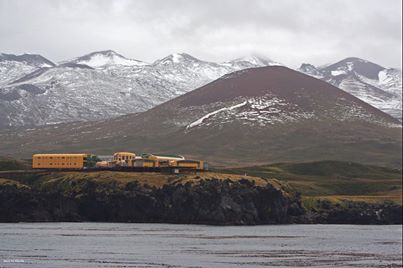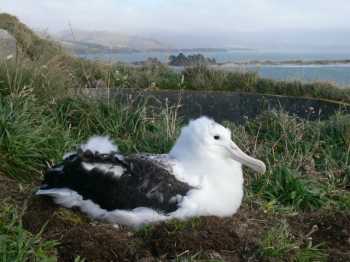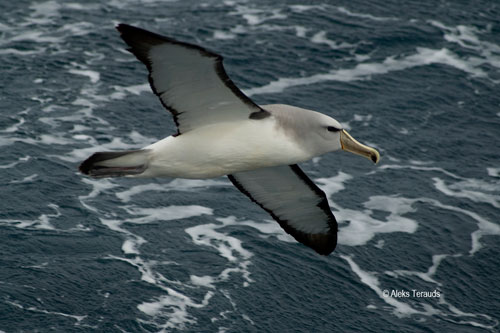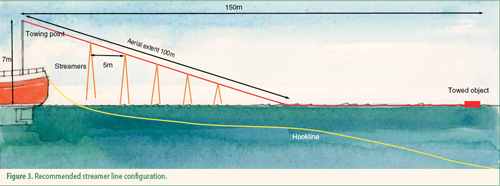Leigh Gurney (Department of Earth, Ocean and Atmospheric Sciences, University of British Columbia, Vancouver, Canada) has been awarded a PhD for her research on the marine ecosystem of South Africa’s Prince Edward Islands in the southern Indian Ocean. Marion and Prince Edward Islands that form the group support nine regularly-breeding species of albatrosses and petrels that are listed within ACAP.
The thesis abstract follows:
“This study brings together the wealth of data available for the Prince Edward Islands marine ecosystem and consolidates it into a network, mass-balanced model (using Ecopath). Biomass estimates for the land based top predators show penguins dominate the system for all three time periods assessed (1960s, 1980s and 2000s). The islands appear to have a carrying capacity which may be declining. A consumption model shows a change in prey for the land based top predators from one in which both crustaceans and myctophid fish were of equal importance in the 1960s, to one dominated by myctophids for the 2000s period. The contribution of the sources of primary production were assessed through the ecosystem model with open ocean productivity dominating at all but the smallest scale (shelf region), where the macrophyte production was important. The model describes the marine ecosystem for each of the above mentioned time periods at the scale of the Exclusive Economic Zone and, when compared to other subantarctic and Antarctic systems for which there are ecosystem models, the system was most similar to the neighbouring Kerguelen Islands. An investigation into the ecosystem boundary size was conducted, with all constituents able to satisfy their energetic requirements if considered at the scale of the EEZ. Using the dynamic temporal simulation approach (Ecosim), the model was able to successfully hindcast three past events: the fur seal exploitation, Patagonian toothfish fishery, and the effect of cat predation on small flying birds. In each instance the model performed well for the directly impacted groups. Potential ecosystem effects of climate change were explored through simulations of increasing and decreasing productivity. No single scenario was able to replicate observed patterns and a suite of drivers needs to be considered to reproduce observed patterns. The inclusion of energetic density of prey led to improvements in consumption rate estimates for the static models and should be incorporated into estimates to improve ecosystem model parameterization. The work constitutes the first ecosystem model for the PEIs that can be used as a tool for an ecosystem approach to marine resource management.”
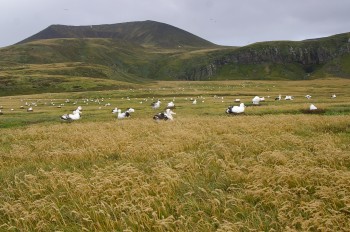
Albatross Valley on Prince Edward Island: home of Wandering Albatrosses
Photograph by Bruce Dyer
Click here to read of a publication by Leigh Gurney from her thesis.
With thanks to Leigh Gurney for information.
References:
Gurney, L.J. 2013. An ecosystem study of the Prince Edward Archipelago (Southern Ocean). PhD thesis, University of British Columbia, Vancouver, Canada. 320 pp.
Gurney, L.J., Pakhomov, E.A. & Christensen, V. 2014. An ecosystem model of the Prince Edward Island archipelago. Ecological Modelling 294: 117-136.
John Cooper, ACAP Information Officer, 18 November 2014

 English
English  Français
Français  Español
Español 